Is On-Call Burden Driving Chronic Turnover in Your Department?
Is On-Call Burden Driving Chronic Turnover in Your Department?
Creative solutions that impact staff satisfaction and the bottom lineWhile procedural departments are significant contributors to hospital revenue, ensuring staff are available to perform emergent cases 24/7/365 is a constant challenge. On-call programs are a common staffing solution for off-hours needs, but they can drive significant recruitment and retention challenges. Particularly in small departments, on-call and call-back requirements can be a key driver of the “fatigue factor” for staff.
The "fatigue factor" often leads to scheduling challenges due to last minute call-offs and ultimately potential patient safety concerns.
As hospital leaders work to attract and retain a new generation of staff, work-life balance is coming into sharper focus. In hospital-based surgical services, work-life balance tends to center around work schedule, particularly on-call requirements.
Top Tip: Quantify the impact of your department’s “fatigue factor” by measuring the contribution of call burden to staff turnover via exit interview data. Consider counting declined employment offers due to on-call requirements too!
In our experience, on-call programs with significant call burden and high call-back rates begin to impact more than staff work-life balance. They have a considerable impact to the bottom line due to avoidable premium pay. Thinking outside of the box to find creative solutions for on-call coverage can be financially advantageous while positively impacting recruitment and retention.
Trending turnover by category can help identify ongoing pain points such as increased on-call utilization.
The Financial Dynamics of On-Call & Call-Back
Before implementing alternative solutions, it is important to fully understand the impact of the call program. Analyses should include the total cost of on-call and call-back hours, as quantifying the total labor cost of the current schedule empowers data-driven decision making. Comparing the total cost of alternative schedule patterns that improve staff satisfaction produces a cost-benefit analysis that can reveal ideal solutions.
When evaluating alternatives, start by calculating the percent of on-call shifts that are called back. In our experience, when this number approaches 50%, scheduling staff to support the shift full time rather than on-call should be considered. Sometimes patterns emerge, such as days of the week or specific shifts with a more consistent need for regularly scheduled staffing, rather than utilizing on-call resources.
Case Study: One Cath Lab client reduced their call burden by implementing on-call best practices, saving $266,824 in avoidable call-back pay!
The Dedicated On-Call Solution
One creative solution to consider is having a dedicated on-call team. Dedicated on-call team members are employed only for on-call hours. The benefit to the employee is that if no off-hours cases occur, they are paid full time hours regardless of if they are called-in to work. Of course, the benefit to the department is that all on-call hours are covered, relieving other employees from the burden of being on-call. This is financially advantageous to the department as well because when off-hours cases occur, the dedicated on-call team are paid regular hours, rather than the traditional call-back rate of time and a half.
Examples of financial, operational, and cultural benefits that your organization may experience after implementing a dedicated on-call team.
The Cultural Impact of Alternative Solutions
When evaluating creative on-call solutions, it can be helpful to thoroughly quantify the problem - both in terms of financial ROI as well as the impact to staff satisfaction and subsequent turnover. To quantify retention improvement opportunity, obtain at least one year of exit interview data and categorize employee exits by reason, quantifying those who left voluntarily due to call burden.
Review exit interview data to determine if on-call is significantly impacting your staff retention rate.
Understanding the impact to turnover can help to develop a thorough cost-benefit analysis. Simply calculating the total cost of staffing the department with each scenario will reveal the financial savings. Culturally, it can also be helpful to learn the number of call-back shifts each team member experiences per month.
Top Tip: To support staff satisfaction, be sure to learn team member preferences via survey before implementing a solution.
The Benefit of Considering Alternative Solutions
Leveraging data to find the ideal solution to your department’s on-call burden and high call-back utilization not only saves the hospital money that could be invested into facility improvements, but it can support your goals for quality care, staff recruitment, retention, and staff satisfaction. Quantifying the problem - both the financial and cultural impact - will help you determine if dedicated on-call coverage is the right solution for your organization.
We are a boutique firm specializing in healthcare operations optimization. As a team of industrial engineers and former healthcare executives, we have significant experience improving operational processes and reducing costs in hospitals and health systems across the US.











